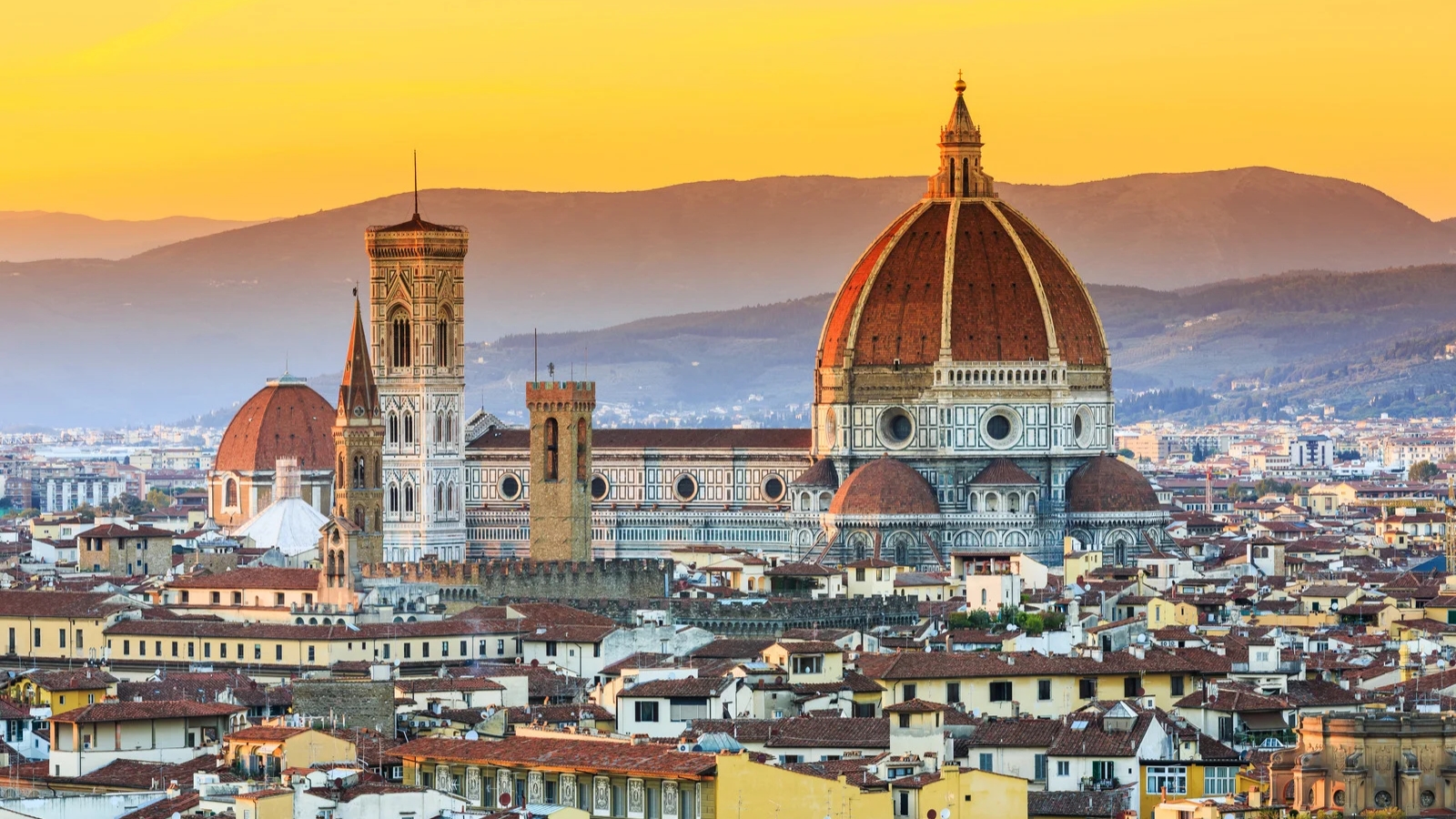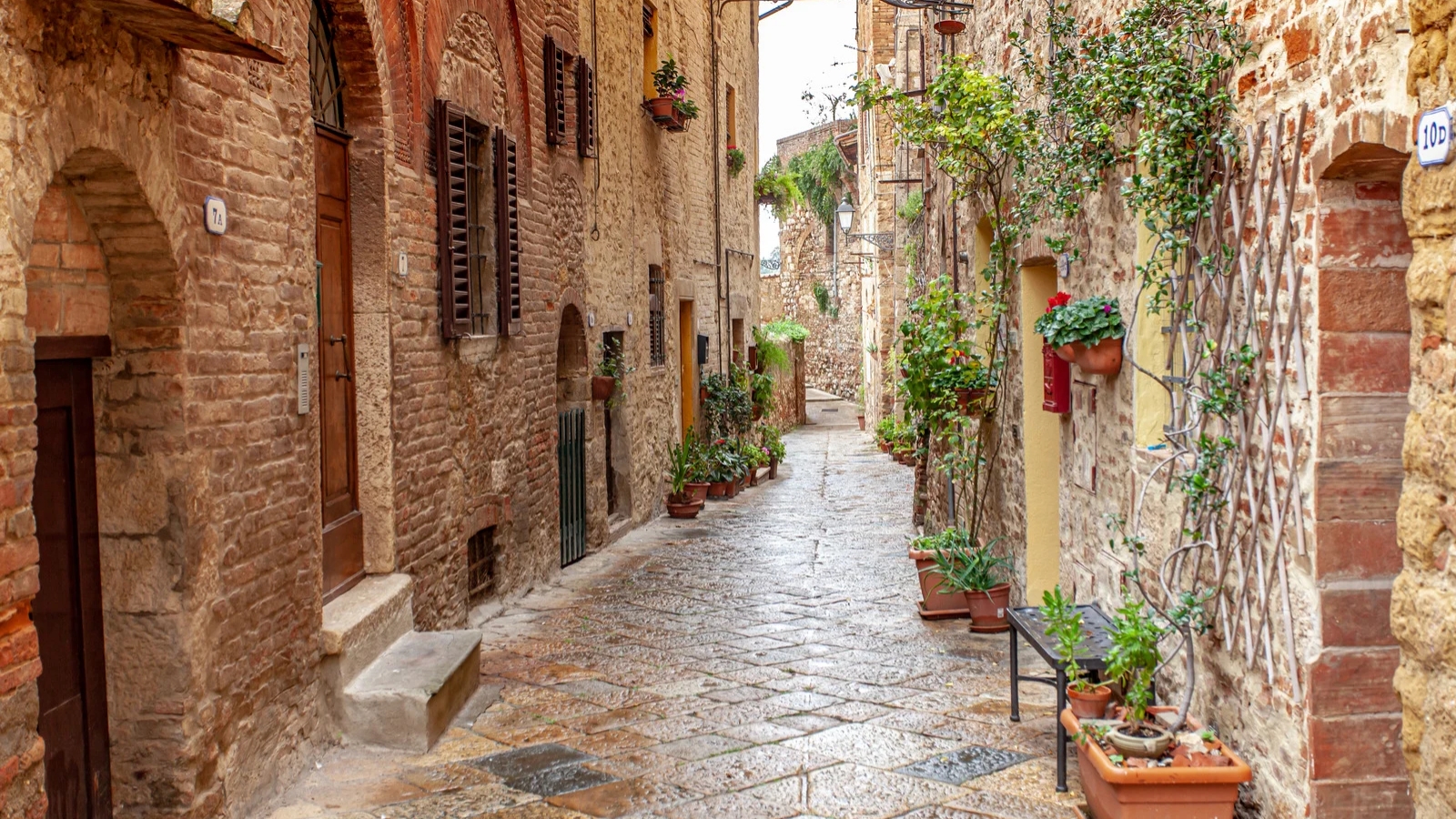Italy is a country that feels like it was made for travel dreams. From the moment you arrive, it greets you with a mix of history, food, and culture that feels almost overwhelming in the best way possible. Ancient stories live in its architecture, the aroma of espresso drifts through its streets, and the rhythm of daily life is both energetic and unhurried at once.
For first-time visitors, Italy can feel like stepping into a grand stage where every detail is set to impress. The piazzas bustle with laughter, the meals stretch into memorable events, and even a simple walk becomes an adventure. What makes it all the more captivating is the way tradition and modern life flow together—an old-world charm paired with today’s comforts. This travel bucket list is your starting point. It lays out the essentials that provide the best introduction to Italy, striking a balance between iconic sights and experiences that immerse you in local life. Whether you’re drawn by art, food, history, or simply the atmosphere, these recommendations will help you make the most of a first visit without feeling like you’re missing out.
Where to Stay and What to Do
To make your planning a little easier, here are trusted options for hotels and experiences you can book before you go.
Hotels
- Hotel de Russie, Rome – A luxury oasis near Piazza del Popolo and Villa Borghese gardens.
- Hotel Danieli, Venice – Historic glamour steps from St. Mark’s Square.
- Portrait Firenze, Florence – Elegant suites with stunning Arno River views.
- VRBO Villa in Positano, Amalfi Coast – Wake up to sea views and lemon groves from your private terrace.
Experiences
- Colosseum Underground and Roman Forum Tour, Rome – Walk through hidden chambers where gladiators once stood.
- Venice Gondola Ride with Serenade – Glide through canals with live music.
- Uffizi Gallery Skip-the-Line Tour, Florence – See Renaissance art without the long wait.
- Amalfi Coast Boat Tour from Positano – Cruise past dramatic cliffs and hidden coves.
Rome
Rome is a city that wears its history proudly. It’s impossible to walk down its streets without bumping into ruins that are thousands of years old. Yet, it’s also a modern metropolis where chic cafés sit beside ancient temples, and buzzing piazzas come alive at night with locals and travelers alike.
How to Get to Rome
Rome is served by two airports: Leonardo da Vinci–Fiumicino (FCO) and Ciampino (CIA). FCO is the main hub for international arrivals and offers train connections straight to Termini Station. Once in the city, the metro and buses make getting around straightforward, though Rome is best explored on foot to appreciate its architecture and hidden corners.
Where to Stay
The Hotel de Russie is a luxurious option, with tranquil gardens and a prime location near the Spanish Steps. Budget travelers can find welcoming boutique hotels in the Trastevere neighborhood, known for its cobblestone streets and traditional trattorias. VRBO also has charming apartments if you’d prefer a more local experience.
Best Things to Do in Rome
A guided tour of the Colosseum and Roman Forum is a must, as it adds layers of storytelling to the ruins. Toss a coin into the Trevi Fountain for good luck, climb the Spanish Steps, and admire St. Peter’s Basilica in Vatican City. For food, order carbonara at a family-run trattoria in Trastevere, and don’t skip gelato at Giolitti, one of Rome’s oldest gelaterias.
Venice
Venice feels like stepping into a painting, where canals double as streets and every bridge offers a postcard view. For first-timers, it’s as enchanting as its reputation suggests, though the magic lies in wandering off the main paths.
How to Get to Venice
Venice Marco Polo Airport (VCE) is well-connected to major European and U.S. hubs. From the airport, you can hop on a vaporetto (water bus) or water taxi to reach the city center. Trains from other Italian cities arrive at Santa Lucia Station, which opens right onto the Grand Canal.
Where to Stay
The Hotel Danieli, situated in a 14th-century palace, offers a stay steeped in Venetian glamour. For mid-range travelers, Cannaregio has quieter boutique hotels and charming canalside stays. Budget-conscious visitors often prefer Mestre, on the mainland, with easy train links to Venice.
Best Things to Do in Venice
Glide through the canals on a gondola ride with live music. Visit St. Mark’s Basilica, climb the Campanile for city views, and lose yourself in the Doge’s Palace. Beyond the crowds, explore the islands of Murano (famous for glass) and Burano (known for colorful houses and lace). Food lovers should try cicchetti, Venetian-style tapas, at a traditional bacaro wine bar.
Florence
Florence is often described as an open-air museum, and for good reason. The Renaissance was born here, and its legacy fills every piazza, church, and gallery. Yet Florence also has a lively charm, with bustling markets and lively piazzas filled with music.
How to Get to Florence
Florence’s Amerigo Vespucci Airport (FLR) handles regional flights, while Pisa International Airport (PSA) is about an hour away by train and connects to more international routes. Florence is also easily reached by high-speed train from Rome or Milan.
Where to Stay
The Portrait Firenze is situated right on the Arno River, offering refined elegance. Budget travelers will find cozy guesthouses around Santa Croce, while VRBO offers apartments near Piazza della Signoria, ideal for exploring the city center.
Best Things to Do in Florence
Skip the long waits with a guided tour of the Uffizi Gallery and admire works by Botticelli and da Vinci. Climb the Duomo’s dome for sweeping views, stroll across the Ponte Vecchio, and wander through the Boboli Gardens. For food, the Mercato Centrale offers fresh pasta, artisanal cheeses, and Florentine steak that pairs perfectly with Chianti wine.
Amalfi Coast
The Amalfi Coast is one of the most dramatic stretches of coastline in the world. Cliffs plunge into turquoise waters, pastel-colored villages cling to the hillsides, and lemon groves scent the air. It’s a place that makes you want to linger longer than planned.
How to Get to the Amalfi Coast
The closest major airport is Naples International Airport (NAP). From there, trains and buses connect to Sorrento, Positano, and Amalfi. Ferries are another scenic option, letting you take in the coastline from the water. Driving is possible, though the roads are narrow and winding, so many visitors prefer public transport or hiring a driver.
Where to Stay
A VRBO villa in Positano offers unforgettable sea views and privacy. For hotels, Positano and Ravello offer luxurious stays, while Amalfi town has mid-range options closer to the beach. Smaller villages like Praiano provide a quieter base.
Best Things to Do in the Amalfi Coast
Take an Amalfi Coast boat tour to explore caves and hidden beaches. Visit Ravello’s Villa Rufolo and Villa Cimbrone for breathtaking gardens and vistas. Spend a lazy afternoon on Positano’s Spiaggia Grande, followed by seafood at Da Adolfo, a beachfront trattoria accessible by boat. Lemon granita and limoncello are local specialties worth sampling.
Tuscany
Tuscany is the Italy of postcards—rolling hills, medieval villages, and vineyards stretching as far as the eye can see. It’s a feast for the senses, offering art, history, food, and landscapes that inspire artists and travelers alike.
How to Get to Tuscany
Florence is the main gateway into Tuscany, with Pisa serving as another entry point. Renting a car offers the most flexibility for exploring the countryside, although trains connect major towns such as Siena, Lucca, and Pisa.
Where to Stay
Agriturismos (farm stays) are the best way to immerse yourself in Tuscany’s charm. VRBO also offers rustic villas surrounded by vineyards, while Siena and Florence provide hotel options for those who prefer city comforts.
Best Things to Do in Tuscany
Sip Chianti wine straight from the source, visit medieval Siena, and climb Pisa’s leaning tower. Explore San Gimignano, known for its towers and gelato, and wander the vineyards and olive groves. Food is a highlight here: pici pasta, ribollita soup, and bistecca alla Fiorentina will keep you happily full between sightseeing.
Cinque Terre
Cinque Terre, meaning “five lands,” is a string of colorful villages perched dramatically on cliffs overlooking the Ligurian Sea. Each town has its own charm, and the walking trails between them are a highlight for first-time visitors.
How to Get to Cinque Terre
The closest airports are Pisa and Genoa, with trains connecting directly to La Spezia. From La Spezia, local trains link the five villages: Monterosso, Vernazza, Corniglia, Manarola, and Riomaggiore. Cars are discouraged, as parking is limited and towns are best seen on foot.
Where to Stay
Monterosso offers the most hotel options, while VRBO rentals in Vernazza or Manarola provide picturesque stays with stunning sea views. For a quieter experience, Corniglia provides a less touristy base.
Best Things to Do in Cinque Terre
Hike the Sentiero Azzurro trail connecting the villages or take a ferry for sea views. Swim in Monterosso’s sandy beach, enjoy fresh anchovies (a local specialty), and watch the sunset from Riomaggiore’s marina. Vernazza’s harbor is a postcard-perfect spot for a seafood dinner.
Conclusion
For first-time visitors, Italy can feel overwhelming with its endless treasures. But this bucket list narrows it down to the essentials: ancient wonders in Rome, romantic canals in Venice, Renaissance masterpieces in Florence, the cliffside drama of the Amalfi Coast, Tuscany’s rolling vineyards, and the pastel charm of Cinque Terre. Each destination offers a slice of Italy’s magic, ensuring your first trip is filled with stories worth retelling.
Whether you’re sipping wine in the countryside or wandering cobblestone streets under starlight, Italy rewards every step with beauty, history, and flavors that stay with you long after your trip ends. This is the kind of journey that lingers, tempting you to return before you’ve even left.



